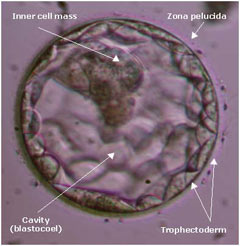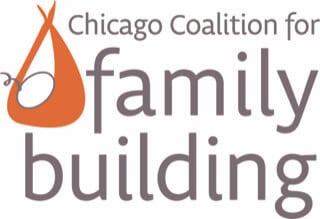We are experiencing a very high volume of calls and messages and ask for your patience. We will answer your portal messages within 48 hours.
We are experiencing a very high volume of calls and messages and ask for your patience. We will answer your portal messages within 48 hours.

The debate over cleavage stage (day 3) versus blastocyst stage (day 5/6) transfer continues to rage on in the reproductive community. Transferring embryos at the blastocyst stage has many recognized, albeit theoretical, advantages. These include higher implantation rates, selection of the most viable embryo, reduced number of embryos needed for transfer, and better synchronization between the embryo and endometrial lining at transfer. However, this is such a debated topic that recently the Practice Committee for the American Society for Reproductive Medicine (ASRM) put together an opinion on blastocyst culture and transfer. Since we get a lot of questions regarding day 3 vs. blastocyst transfer, I have summarized the ASRM committee’s recent opinion, as published in Fertility and Sterility, March 2013, so that you may be more informed when it comes to your embryo transfer.
In our practice, the decision between cleavage or blastocyst stage transfer depends on many factors. Our "good prognosis" patients, those defined as less than 35 years of age, good antral follicle counts, AMH and FSH levels within normal limits, and a predicted good response to gonadotropins, are routinely taken out for blastocyst transfer. We also take patients who may be considered “poor prognosis” to the blastocyst stage to assess viability and embryo competence, especially if they have already failed a day 2 or day 3 transfer.
The debate over optimal transfer day will continue on, but at InVia Fertility Specialists, we will continue to consider all factors of your cycle and do what is best for you to achieve a viable pregnancy.
Infertility Infertility treatment IVF InVia Fertility Specialists Embryology

Entire Website © 2003 - 2020
Karande and Associates d/b/a InVia
Fertility Specialists
